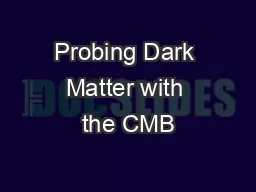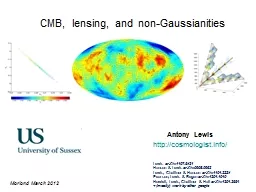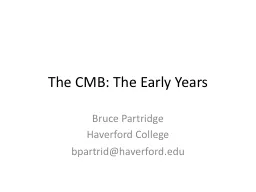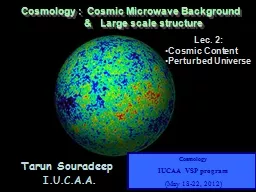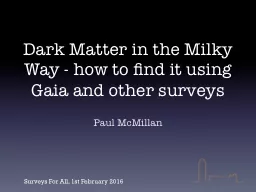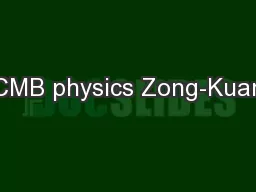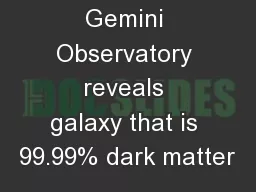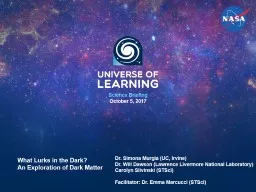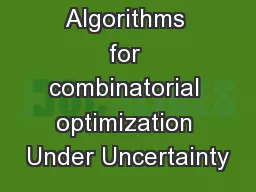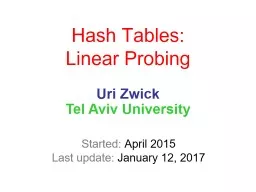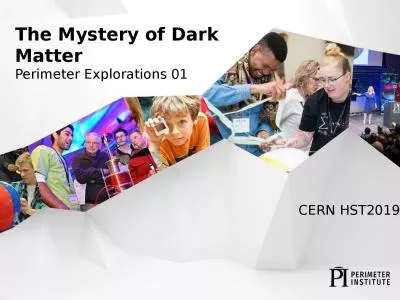PPT-Probing Dark Matter with the CMB
Author : alexa-scheidler | Published Date : 2016-09-19
and LargeScale Structure 1 Cora Dvorkin IAS Princeton Harvard Hubble fellow COSMO 2014 August 2014 Chicago Outline Dark Matter overview Effect of WIMP Dark Matter
Presentation Embed Code
Download Presentation
Download Presentation The PPT/PDF document "Probing Dark Matter with the CMB" is the property of its rightful owner. Permission is granted to download and print the materials on this website for personal, non-commercial use only, and to display it on your personal computer provided you do not modify the materials and that you retain all copyright notices contained in the materials. By downloading content from our website, you accept the terms of this agreement.
Probing Dark Matter with the CMB: Transcript
Download Rules Of Document
"Probing Dark Matter with the CMB"The content belongs to its owner. You may download and print it for personal use, without modification, and keep all copyright notices. By downloading, you agree to these terms.
Related Documents

